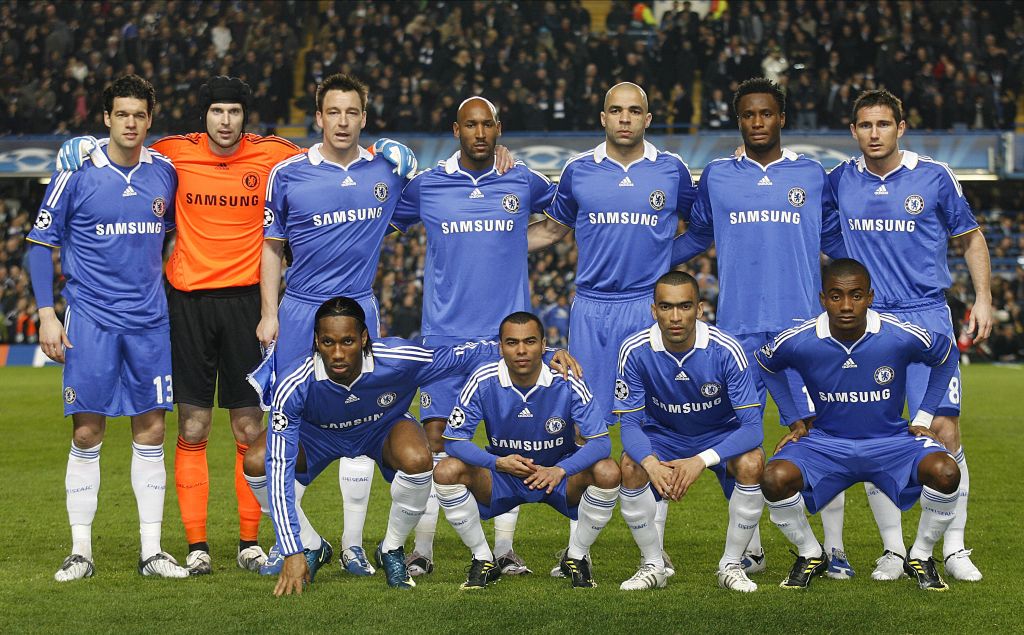Gegenpressing: football tactics explained
Heard the term, 'gegenpressing'? No idea what it means? Well, that's precisely why we here to help
Gegenpressing pioneer Jurgen Klopp has done a lot for the beautiful game.
As with all the true greats of football management, he will leave more than just memories of trophies, scintillating football and energetic celebrations. Klopp’s arrival and subsequent transformation of the Liverpool team back in 2015, brought with it the term ‘gegenpressing’ into the English football vernacular.
But what actually is it, and its sister term, “heavy-metal football”? Here's a football term you'll need, as FourFourTwo delves into the word with a simple tactical explainer.
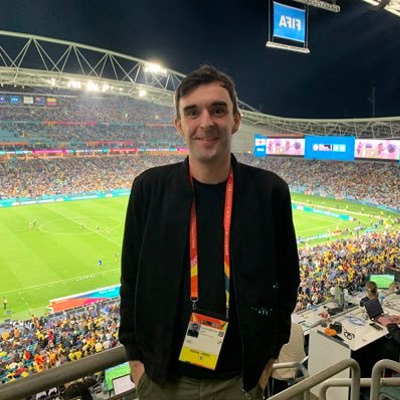
I'm Jack, I've watched football through a tactical lens for over a decade, analysing trends not only at the top of the game, but also how strategies and approaches can be used at amateur level.
I’m also an FA-level 2 qualified coach and have written extensively on tactical analysis for various publications. A lot of my spare time is spent training, playing the game, or settling down to perfect a tactical approach on Football Manager.
What exactly is gegenpressing?
When translated, gegenpressing is the German term for counter-pressing. Counter-pressing is when a team loses possession of the ball and immediately attempts to win it back as quickly as possible.
Essentially the ‘gegenpressers’ do the opposite of retreating back into their defensive shape. The aim is to win the ball back as soon as it is lost.
The clip above, the team in gold are passing out from the back when the blue team's right-back wins the ball and plays backwards. Instead of retreating back into their shape, the gold team look to press, force the turnover and score as a result of winning the ball high up the pitch.
A player immediately on the ball after a transition in possession, may not have had the required time to assess his or her best passing option. So in theory this the best time to win the ball back. Teams who have the art perfected will often swarm around the player in possession, like bees round a honeypot.
Get FourFourTwo Newsletter
The best features, fun and footballing quizzes, straight to your inbox every week.
While some observers seem to regard Klopp’s position as the master of gegenpressing as a slight reinvention of the wheel, this strategy isn't simply just running hard towards the ball.
At any level of association football, a team that relies on gegen – or counter – pressing, has to be seriously organised and seriously fit.
Who uses gegenpressing?
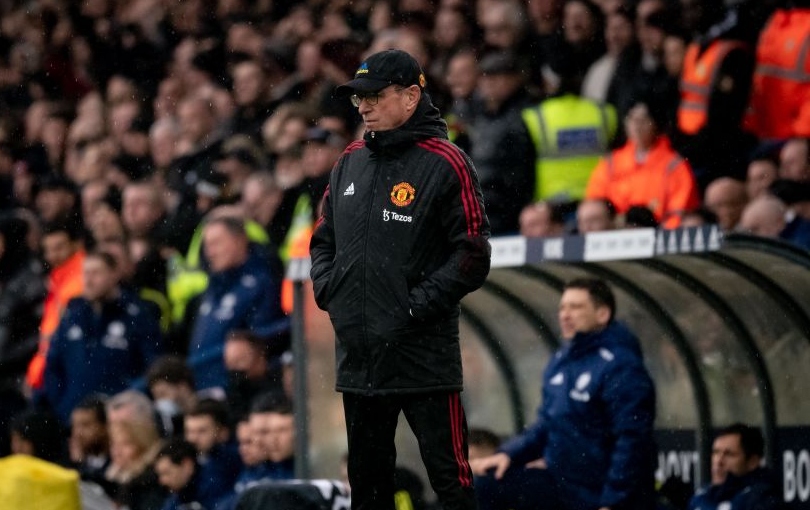
Although counter-pressing will be, at least in Premier League terms, heavily associated with Klopp and long-term rival Pep Guardiola, the former Borussia Dortmund boss – ranked at no.29 in FourFourTwo's list of the greatest managers ever – always credited another German coach with elevating the tactic.
Ralf Rangnick was unable to have any real positive influence during his interim spell at Manchester United back in 2021/22. But long before this he was labelled the ‘godfather of pressing’.
His Hoffenheim team of the late-2000s, were flexible when it came to formation, but perfected the art of counter-pressing ruthlessly. Rangnick was also still able to implement the tactic while setting up in a 4-4-2 system, and a time when the formation had fallen out of fashion across Europe.
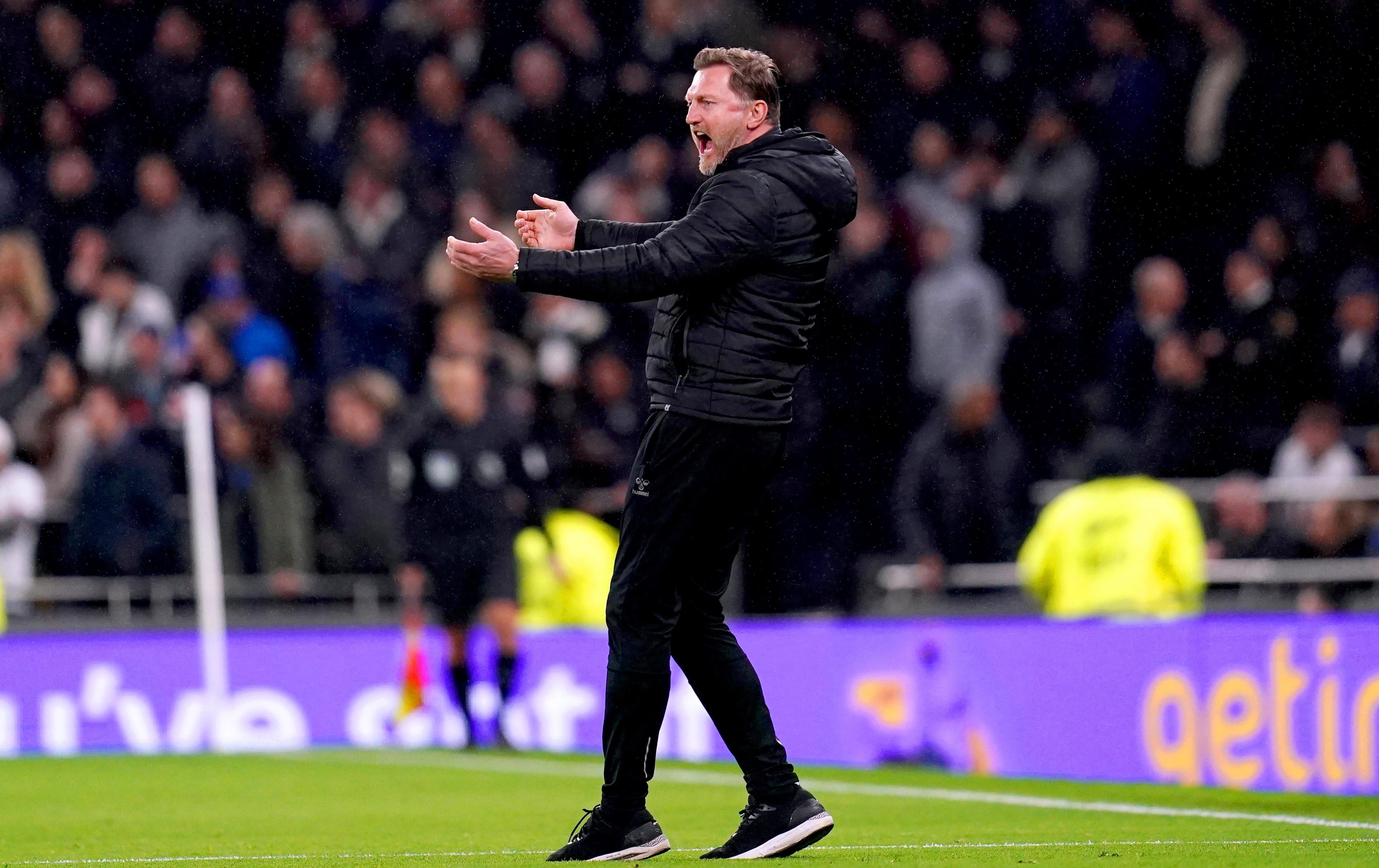
Rangnick is credited with influencing Klopp after Hoffenheim thrashed his Dortmund side 4-1 early on, way back in the 2008/09 season. It is a similar story for the likes of Thomas Tuchel, Julian Nagelsmann and Ralph Hasenhuttl. For these coaches, gegenpressing forms the cornerstone of their wider tactical approach.
The roots of the press lie with the Dutch philosophy of Rinus Michels, meanwhile, with Guardiola a famous modern advocate that an opposition team were most vulnerable within six seconds of receiving the ball.
Jurgen Klopp claims that “Counter pressing is the best playmaker”. Sure enough, his iconic Liverpool side used full-back Trent Alexander-Arnold as its primary creative fulcrum from deep, omitting a classic no.10 in midfield altogether. Instead, his no.8s were tasked more with box-to-box roles, and while the likes of Gini Wijnaldum and Jordan Henderson could certainly play final balls and make late runs into the box, their primary job was to provide a physical numerical superiority in midfield against lighter engine rooms.
Within that timeframe, the team were not in their optimum shape and were ripe for stealing the ball from: hence in the introduction of counter-pressing quickly to win possession before the other team had time to regroup.
It's important to note that counter-pressing is a slightly different idea to the high press. While the likes of Klopp favoured a high press to establish their authority in the opponent's third, it's possible to be a manager who wants quick pressing triggers – just not as high up the pitch. Unai Emery is one manager who has on occasion favoured a quick counter-press in the centre of the pitch over asking his forwards to push onto their opposition centre-backs.
What are the disadvantages of gegenpressing?
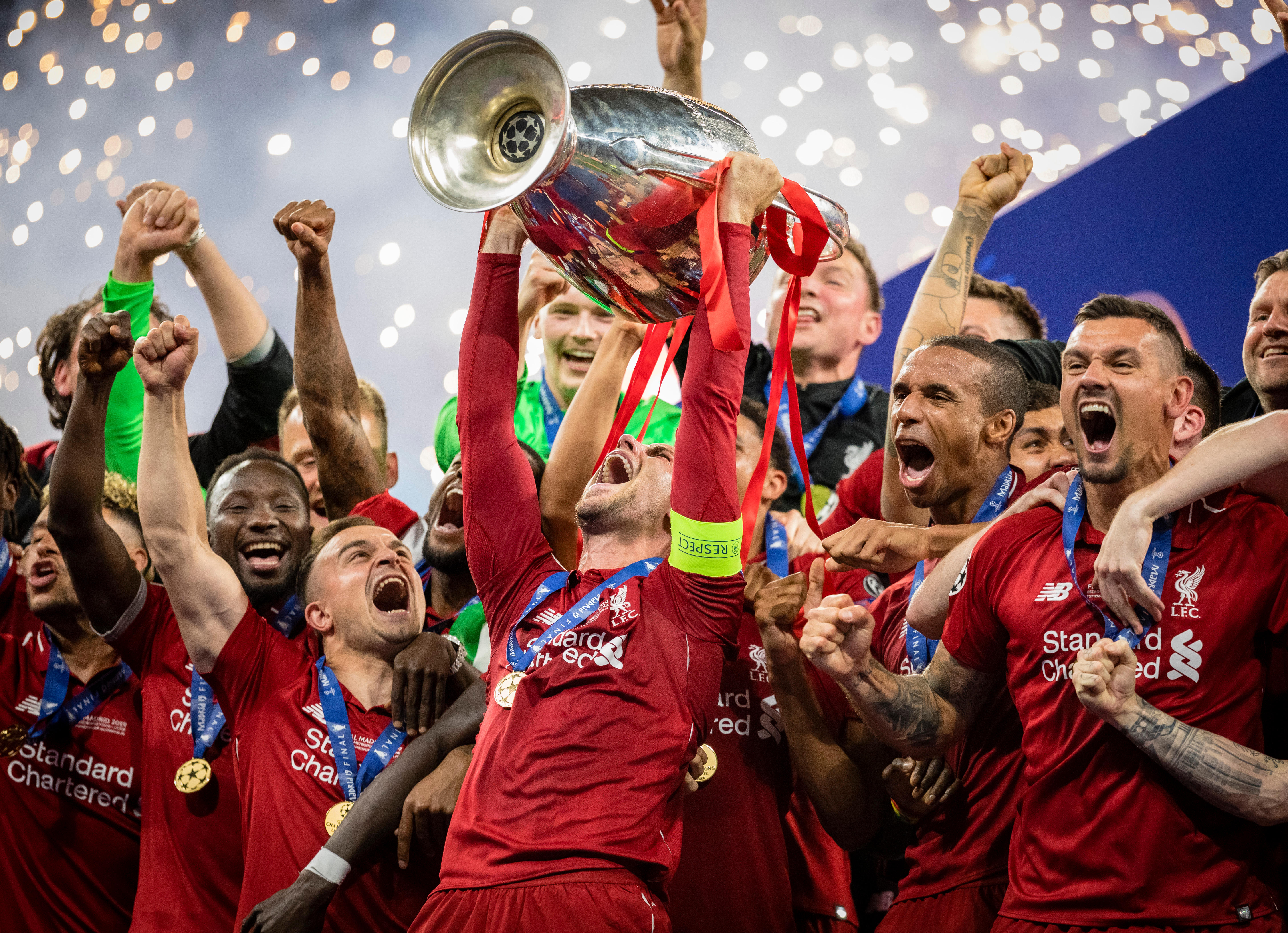
There are a few cons with counter-pressing. The obvious issue is that the more players are drawn to the ball, the more space you are leaving in behind. This is why when coming up against quality no.6s, capable of hitting accurate first-time passes, a team rigidly gegenpressing, can be easily exposed.
Ball-playing centre-backs and goalkeepers have improved in the last decade – and while a high press was thought as the best way to approach any game when Pep Guardiola first revolutionised the sport, a lot of managers these days prefer not to counter-press teams like Arsenal under Mikel Arteta, Brighton under Roberto De Zerbi and Newcastle under Eddie Howe, passing the burden of controlling the game over. If you are confident that your compact shape will result in the opposition ‘horseshoeing’ the ball and failing to cut you open, you can probably cause more damage in transition than you can with a counter-press.
Also, the intensity required for this tactic means it is difficult to employ at the highest level, week after week over a gruelling season. This is perhaps why managers who utilise the tactic, also often favour rotation. For example when Klopp’s Liverpool won the Champions League in 2018/19, what many observers considered to be their strongest XI, only started one game which just happened to be the Champions League final against Tottenham.
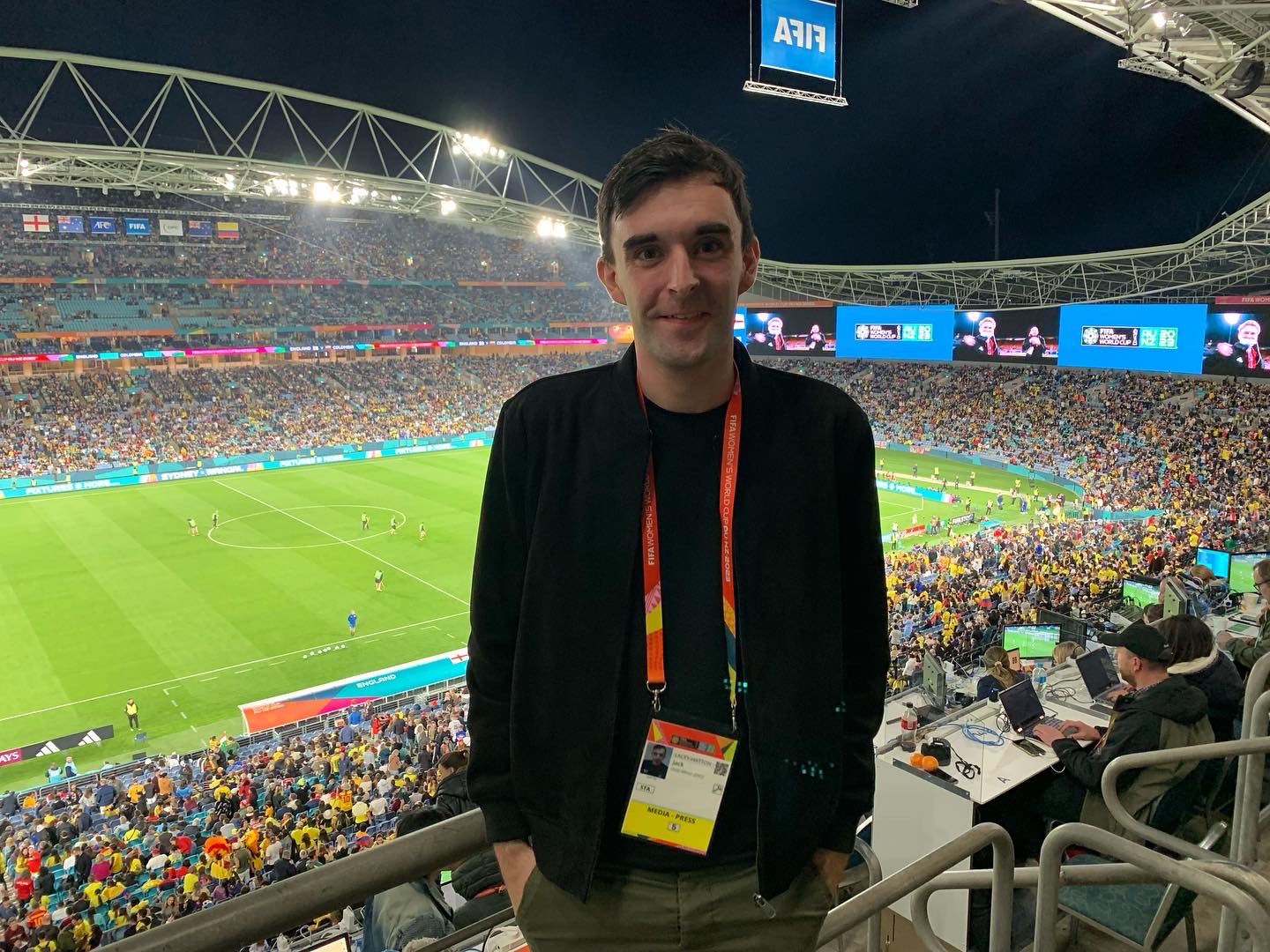
Jack has worked as a sports reporter full-time since 2021. He previously worked as the Chief Women’s Football Writer at the Mirror, covering the England Women’s national team and the Women’s Super League. Jack has reported on a number of major sporting events in recent years including the 2023 FIFA Women’s World Cup on the ground in Australia. When not writing on football, he can often be spotted playing the game somewhere in west London.
- Mark WhiteContent Editor
